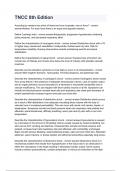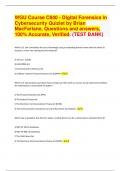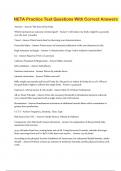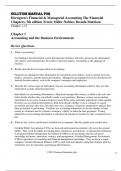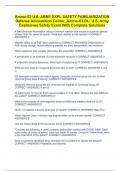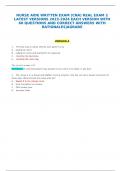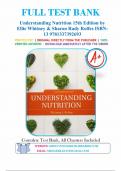Exam (elaborations)
TNCC 8th Edition Questions with 100% Actual correct answers | verified | latest update | Graded A+ | Already Passed | Complete Solution
TNCC 8th Edition Questions with 100% Actual correct answers | verified | latest update | Graded A+ | Already Passed | Complete Solution
[Show more]
